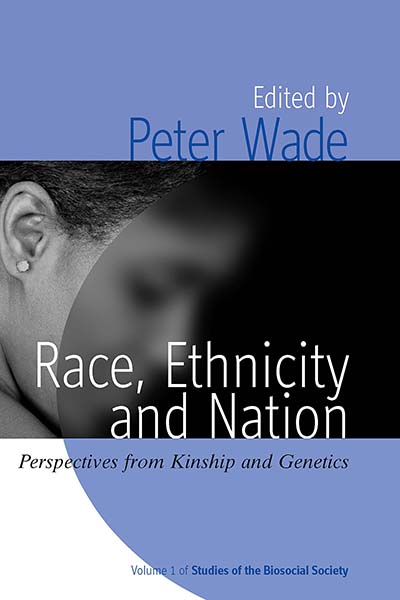The Afro-German project of Asoka Esuruoso and Philipp Khabo Köpsell
AfrokanLife
2012-04-15
Arriving in the future, Stories of Home and Exile will be an interdisciplinary approach to positioning. As a collection of poetry, short stories and academic essays on identity written by Black Writers who regard Germany as their home, and those who regard it as permanent or temporary exile, it will attempt to add a new layer to the debate and construction of Black Identity within the German context.
“There is an oversimplification of the Negro. He is either pictured by conservatives as happy, picking his banjo, or by the so-called liberals as low, miserable, and crying. The Negro’s life is neither of these. Rather, it is in-between and above and below these pictures.”
—Zora Neale Hurston 1944
What she speaks of is identity in its flattest form. The identity that people once saw when they looked at a black face, flat, blank, static, like a snap shot frozen in time. There was no breath behind the lips, no thoughts behind the mind. We were caricatures of ourselves, like a child’s drawing. It is a false image. Diversity and texture have been and continue to be at the core of Black identity. To be human is by definition to be complex. Yet the Oversimplified image persists, like a ghost that you just can’t shake, or a photo you can’t wipe free.
To escape simplification, new layers needed to be applied. From the African American Slave narratives quest for human dignity, to Du Bois’ The Souls of Black Folk, Zora Neale Hurston’s Their Eye’s Were Watching God, Franz Fanon’s Black Skin White Masks, Achebe’s Things Fall Apart, May Ayim’s Showing Our Colors and Blues in Black and White, and countless, countless more every literary generation has added a new layer to the image of Black identity and experience…
…However while anthologies of African American literature have been published since 1845, and African writers such as Chinua Achebe, Ben Okri, Ama Ata Aidoo and Chimamanda Ngozi Adichie (among others) have gained acclaim on the world stage, the writing and experiences of Black individuals within Germany has, even to this day, been largely ignored. Literary studies on Black Identity within the German context are still very few and far between, and the layers this Black German identity have added to the image of broader Black identity has often been overlooked.
“…und wenn Du dazu noch schwarz bist” (Edition Con) and “Showing Our Colors: Afro-German Women Speak Out” (Orlanda) in 1984 and 1986 were really the first testimonies on the lives of the African Diaspora in Germany to gain notice within mainstream German society. For Black individuals living in Germany – for those living in isolation – these publications became undeniable proof of the validity of their personal experiences. These texts offered a foundation for numerous other publications and further literary expression. They gave a deeper background and a clearer focus that allowed further perspectives…
…Parallel to the desire for societal acceptance a different question arose in the aftermath of this violence and rejection. Being a member of the African Diaspora, how does one definehome? For many people with African roots the concept of home and belonging can appear fragile. In the late 1990s, many Black authors negotiated this concept by depicting Africa as exile, utopia, or potentially a new/old place of belonging.
“I’m not at home/ still not at home/ not my country/ just my origin/ one of my origins” writes Olumide Popoola in her poem Nigeria – partly resigning, partly equivocating the concept of home…
Read the entire article here.

